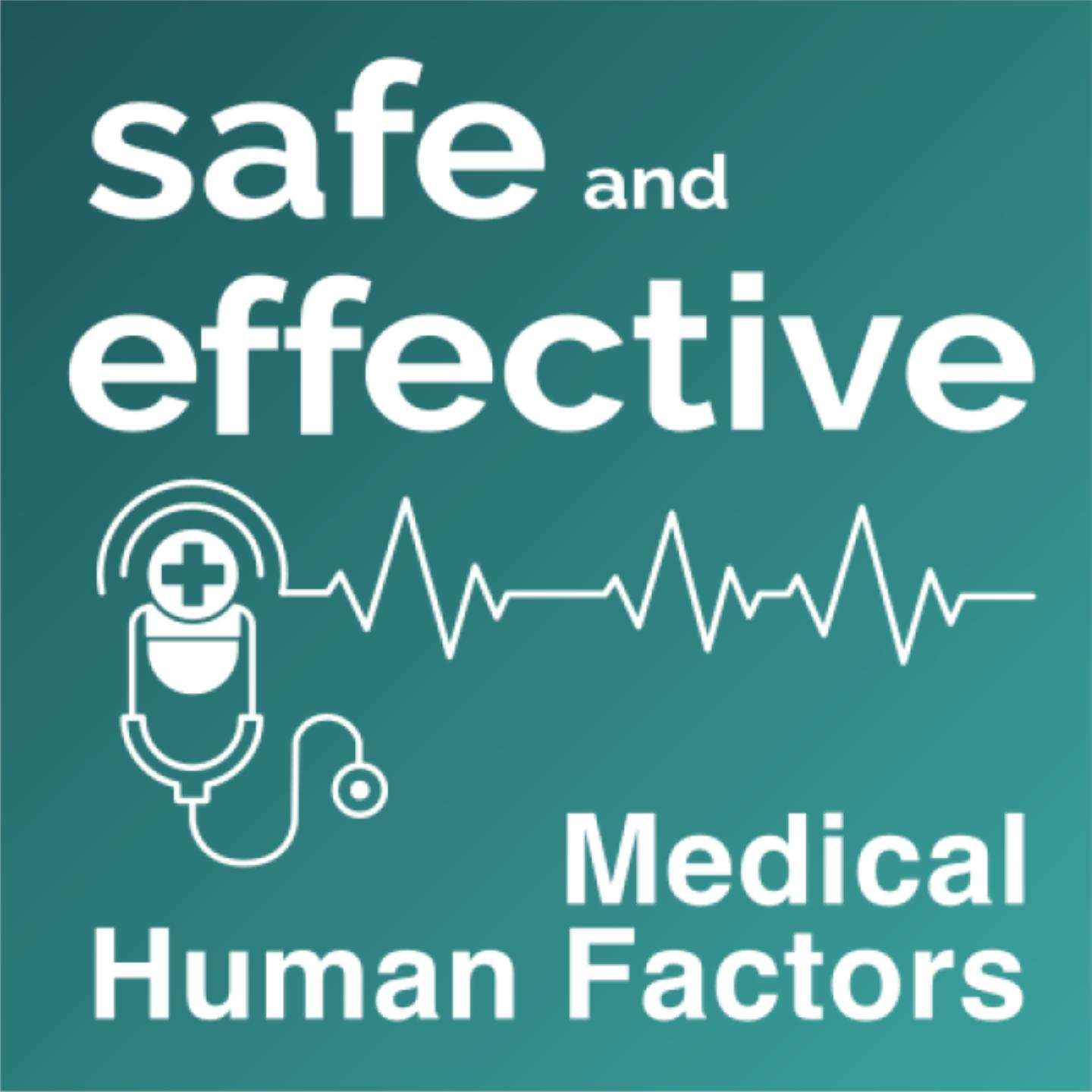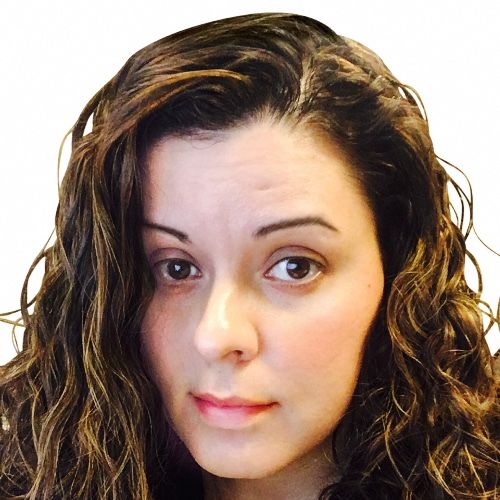Starting from Scratch: Integrating Agile Mode into HF/UX Research Operations (ft. Nick Roome)
Join us in our latest episode of Safe and Effective, where we dive headfirst into the wild and wonderful world of integrating agile development methodologies into HF (Human Factors) and UX (User Experience) research operations, with none other than our friend, favorite human, and podcast bestie, Nick Roome.
We kick things off by tackling age-old questions, such as: how to start HF/UX research operations from scratch? And how to integrate agile development methodologies into it. With a lot of humor and a whole lot of real-world examples, Nick and Heidi walk you through the early stages of setting up HF/UX research operations, as well as how to optimally integrate agile development methodologies into it. Covering the most critical first steps, whilst avoiding some of the more common pitfalls to increase the chances of a “smooth launch,” Nick, a super seasoned expert with a rich background and years of hands-on experience in the field of agile HF and UX research operation functions, shares invaluable insights and tips and tricks not only on how to set up a successful research ops function within an organization, but also how to successfully integrate agile methodologies, such as SCRUM, into it.
Whether you are part of a startup or an established organization looking to embed HF/UX research into your product development process, this episode is your blueprint. Packed with practical advice, you'll leave feeling equipped to tackle the challenges of integrating agile processes with your research operations.
Fair warning: when two neurodivergent minds like Nick and Heidi come together, expect a few unexpected "user errors" along the way – because learning can (and should) be fun. So, brace yourself for a delightful mix of laughs and insights, sprinkled in-between those priceless wisdom drops, that only true HF/UX geeks can deliver.
We promise our usual HF and UX geek-level high entertainment value, plenty of laughs, and insights galore as we explore the world of research ops and agile methods. And while we can only hope for an 80% satisfaction rate (hey, even in HF/UX, perfection’s elusive), we can certainly guarantee you’ll walk away inspired and ready to take your HF/UX research to the next level.
Instagram: safeeffectivepodcast
- Instagram: Safe and Effective | The Medical Human Factors Podcast
- Safe and Effective | The Medical Human Factors Podcast
- Host: Heidi Mehrzad
- Co-Host: Nick Roome
- HFUX Research | Medical Human Factors
Mentioned in this episode:
Human Factors Cast Podcast Network Patreon
https://www.patreon.com/humanfactorscast

